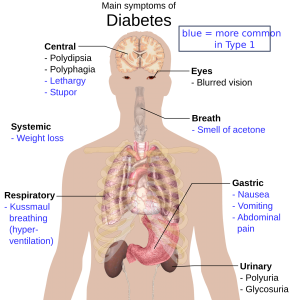Insulin treatment in patients with type 2 diabetes mellitus (DMT2) is closely associated with an increased risk of endophthalmitis, severe post-cataract surgery endophthalmitis (PCE). This result emerges from research published in theInternational Journal of Ophthalmology.
Endophthalmitis, post-cataract infections
Cataract surgery is the most common intraocular surgery in ophthalmic practice. Today, thanks to technological advances in both instrumentation and clinical and surgical practice, this surgery has become safer and faster.
However, as in all surgical manoeuvres, also l'cataract surgery can have complications. These include, one of the strictest is precisely the onset of inflammatory processes in the innermost portions of the eye, the endophthalmitis.

Several studies have shown that individuals with diabetes who undergo surgery are more likely to develop a post-operative infection at the surgery site, but no research before now had analysed the correlation between these post-cataract infections in a niche of patients with DMT2.
The study conducted
A team of researchers from the University of Bangkok (Thailand) and Michigan (USA) conducted a retrospective study of 194 DMT2 sufferers who had undergone cataract surgery.
For the first time, a ECP incidence rate in diabetic patients was 0.1% and was therefore significantly higher than in non-diabetic patients. Through a multivariate analysis of several factors, the authors of the study stated that the insulin treatment was the only statistically significant factor associated with an increased risk of ECP compared to patients without any insulin treatment.
Furthermore, the microbiological examination of ECPs showed that among the positive culture samples, the most common pathogen was the Staphylococcus spp.
The data reported are the only ones to date, so the authors themselves state that further studies, e.g. on pre-operative serum glycated haemoglobin (HbA1c) and post-operative fasting blood glucose levels, are needed to validate the actual use of peri-operative glycaemic markers as risk factors for PCE.
Source:
Sukhum Silpa-archa et al. Risk factors for endophthalmitis after cataract surgery in diabetic patients: a case control study. Int J Ophthalmol, Vol. 12, No. 3, 2019
Dr. Carmelo Chines
Direttore responsabile
